The Tay ethnic group, living mainly in the mountainous provinces in the Northeast such as Tuyen Quang, Thai Nguyen, Cao Bang, Bac Kan, Quang Ninh, and in the Northwest such as Lao Cai, Yen Bai..., the economic and social life of the Tay community since the beginning of time has gone through the process of existence and development, the Tay people have accumulated diverse and unique cultural values of their own people. In particular, the traditional costumes of the Tay people have long become a symbol of culture, bringing a graceful, simple and unique beauty.
Nowadays, to adapt to modern life and daily work, some Tay people, especially the young generation, have chosen to dress like the Kinh people for convenience in work and economy. However, it cannot be denied that the traditional costumes of the Tay people, despite many ups and downs, are still preserved and inherited through every generation with pride and the color of the mountains and forests. The Tay people still often wear traditional costumes on important occasions such as weddings, New Year's holidays, major festivals, etc.
Traditional Tay costumes are cut and sewn from self-woven cotton fabric, dyed indigo blue uniformly for both men and women, meticulously tailored to suit all ages, without many decorative motifs.
Traditional Tay ethnic costumes for women include the following accessories: Square scarf folded diagonally to cover the head, hair scarf, hair pad, and hair tie to wrap the hair pad.
Tay ethnic women's costumes.
Five-panel ao dai: This is the most popular costume of Tay women, usually made of indigo fabric. The five-panel ao dai has a standing collar as high as two horizontal fingers, with fabric buttons (kjét mjác sjau or copper buttons, luxurious ones are silver buttons) on the side under the armpits. The special feature is that the flap of the ao dai is cut short to the knee (work clothes), creating dynamism and convenience for daily activities. Bridal costumes and costumes worn during festivals are often cut to the ankle to create a graceful and gentle shape.
A blouse is worn underneath a five-panel ao dai. This blouse is cut short, has a round neck, and the hem is just enough to stick out after the waistband is tied to create an accent. The blouse is usually made of light-colored fabric or a different colored fabric.
Women's pants: Traditional Tay women's pants are cut and sewn in the style of Kinh people's leaf-seat pants, or otherwise known as lame-legged pants, with wide legs and a waistband that is tied tightly when worn. Nowadays, elastic bands are inserted for convenience. The pants are from waist to ankle length, and the crotch is cut to be rounded and spacious, making it convenient for climbing and working high in production.
Belt: The belt is made of indigo fabric of the same color as the shirt, scarf, shirt, and shoes. The belt is usually two hand spans wide (when worn folded into four layers), two arm spans long (enough to go around the body three times), tied around the waist behind and then let the tail of the belt fall down in two soft, flexible strips. The belt not only helps to fix the outfit but also accentuates the beauty of a woman.
Shoes: Tay people's shoes are cut and sewn from fabric, the shoe body is sewn from indigo-dyed fabric, the shoe sole is sewn from multi-layered white fabric, to save fabric and increase the durability and softness of the shoes, Tay people often add bamboo spathe or sui tree bark.
Jewelry: Tay women often wear silver earrings, rings, necklaces, bracelets, and anklets. These jewelry items are not only beautiful but also represent wealth, are associated with spirituality, and are a measure of health in the indigenous knowledge of the Tay people.
For the traditional costumes of Tay ethnic men, there are: Turbans, made of indigo fabric of the same color as the shirt and shoes, the turban is two spans wide, folded in four, and one arm's length long. When worn, it is wrapped around the head, similar to the turbans of the Kinh people.
The men's five-panel ao dai is cut and sewn from five panels like the women's ao dai. The body of the ao dai is usually cut and sewn shorter than the women's ao dai. The men's ao dai is only longer than the knee, also has buttons (kjét mjác sjau) or brass buttons, fastened on the side under the armpits, and the only difference is that men do not wear belts.
Pants: Traditional Tay men's pants are cut and sewn in the style of Kinh people's leaf-seat pants, or otherwise known as lame-legged pants, with wide legs and a waistband that is tied tightly when worn. Nowadays, elastic bands are inserted for convenience. The pants are from waist to ankle length, the crotch is cut and curved to be spacious for climbing, when working high in production, and the material is cut and sewn from indigo fabric.
Shoes: Tay men's shoes are cut and sewn like women's shoes.
Tay ethnic costume. Photo by The Vinh
The Tay ethnic costume from ancient times to the present is not only a simple set of clothes to cover the body but also a cultural symbol that generations of Tay ancestors have refined and summarized the most quintessential values of their people, expressing the unique identity of the Tay people, containing many profound cultural and spiritual meanings. Each detail in the costume carries a separate message, expressing the aesthetic concept, beliefs and unique identity of the Tay people.
The Tay people's five-panel ao dai, both for men and women, has five buttons, symbolizing the five constants (benevolence, courtesy, righteousness, wisdom, and trustworthiness) and the five relationships (king and subject, father and son, husband and wife, brothers and sisters, and friends). Wearing the five-panel ao dai means carrying on one's human nature and not doing things that go against morality.
Nowadays, despite modern life, Tay costumes are still preserved and used in wedding ceremonies, festivals, and important national events, expressing the Tay people's pride and love for their ethnic cultural traditions.
In particular, the Tay costume is also associated with the Tay people's thinking about the universe, associated with the spiritual culture of the nation, such as the indigo color symbolizing the sky, the white color symbolizing the earth, symbolizing the harmonious combination of yin and yang to create eternal survival. Through the cutting and sewing techniques, connecting each part of the shirt in the Tay people's costume. Each piece on the shirt has a different function and meaning, from the love of father and mother, the love of brothers and sisters, relatives, neighbors. From that humanistic meaning, the shirt also shows the strong solidarity of the community from within the family and out into society.
In recent years, due to the needs of performing arts, the Tay ao dai has been restored to serve mainly for costume performances. Designers have restored and decorated, adding many types of patterns based on the Tay brocade patterns to decorate the traditional ao dai, creating a more sparkling and lively look.
But whether it is innovation or tradition, it still needs harmony, solemnity, sophistication and respect for the history of the traditional ao dai of the Tay people, because it is a symbol, an identity, a crystallization of profound cultural and humanistic values of the ao dai associated with the personality of the Tay people.
Thien Phuoc
Source: https://baocaobang.vn/bieu-tuong-doc-dao-cua-nguoi-tay-tu-goc-nhin-qua-bo-trang-phuc-3176436.html


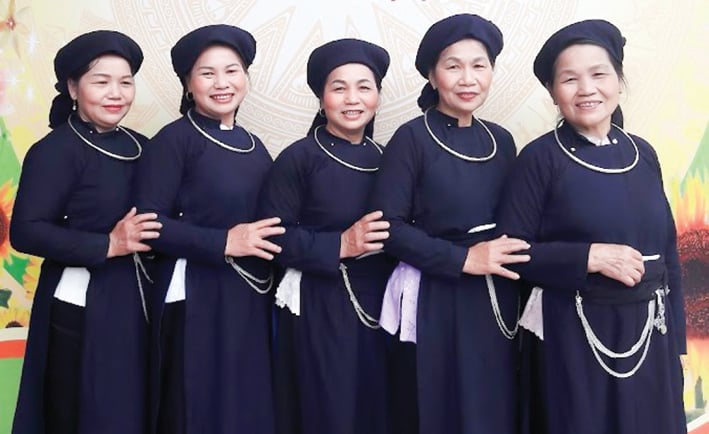


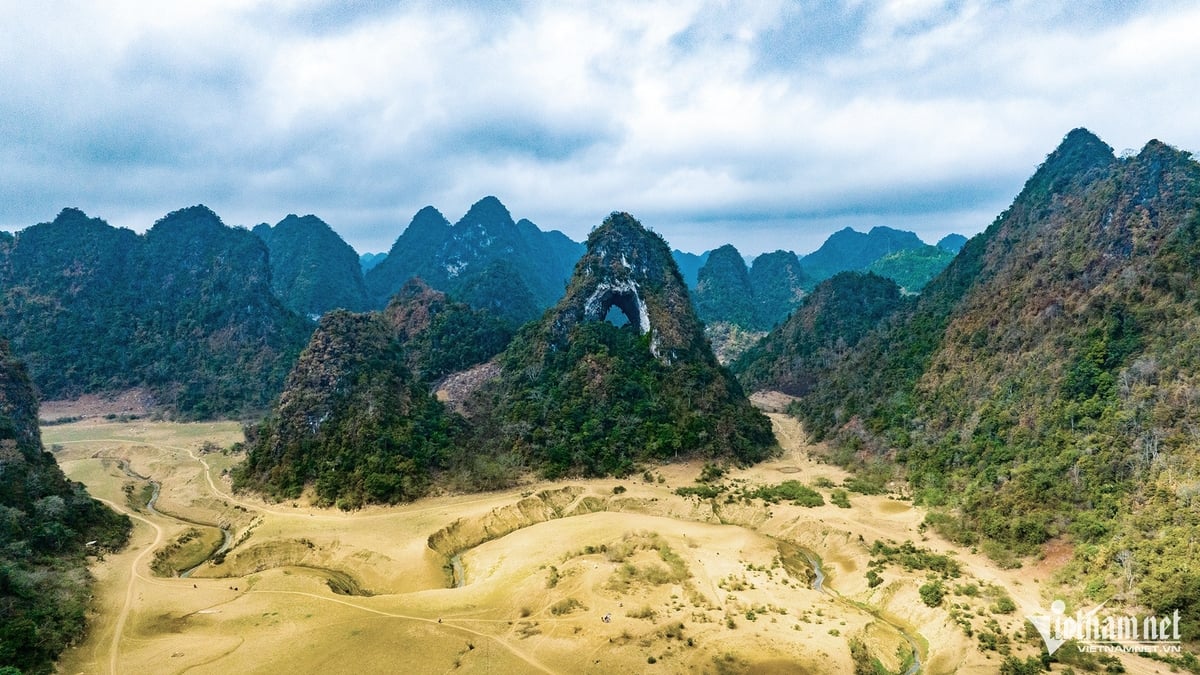
![[Photo] Prime Minister Pham Minh Chinh starts construction of vital highway through Thai Binh and Nam Dinh](https://vphoto.vietnam.vn/thumb/1200x675/vietnam/resource/IMAGE/2025/5/12/52d98584ccea4c8dbf7c7f7484433af5)


![[Photo] Buddha's Birthday 2025: Honoring the message of love, wisdom, and tolerance](https://vphoto.vietnam.vn/thumb/1200x675/vietnam/resource/IMAGE/2025/5/12/8cd2a70beb264374b41fc5d36add6c3d)





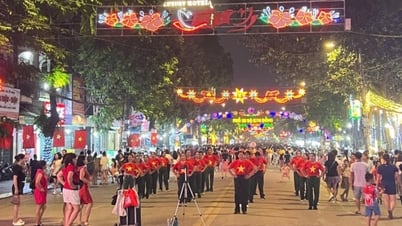
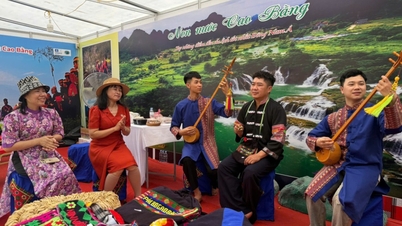
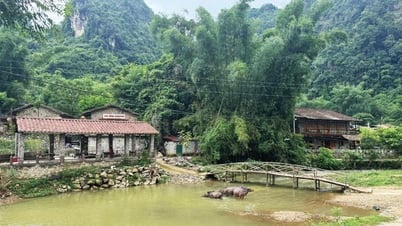
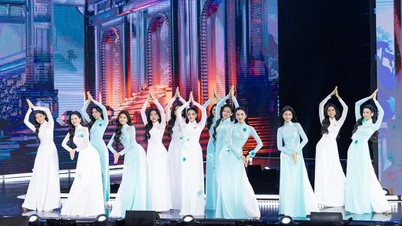

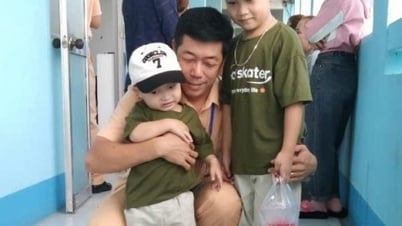
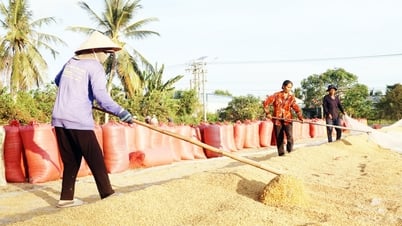
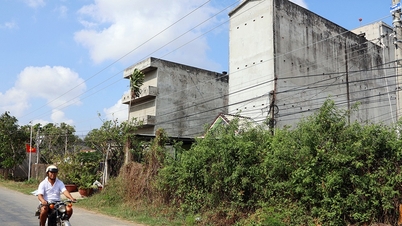





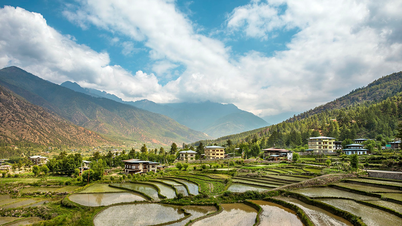
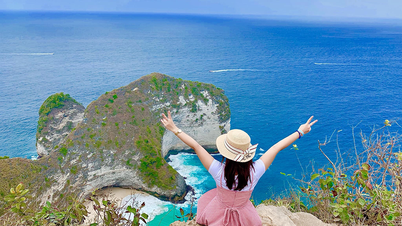


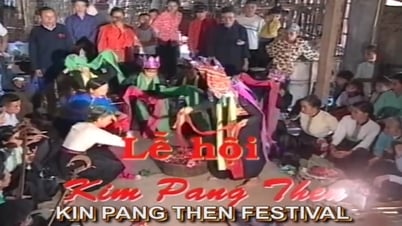
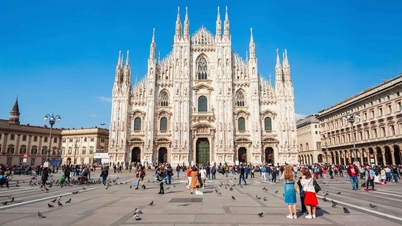
![[Photo] General Secretary To Lam meets and expresses gratitude to Vietnam's Belarusian friends](https://vphoto.vietnam.vn/thumb/1200x675/vietnam/resource/IMAGE/2025/5/11/c515ee2054c54a87aa8a7cb520f2fa6e)


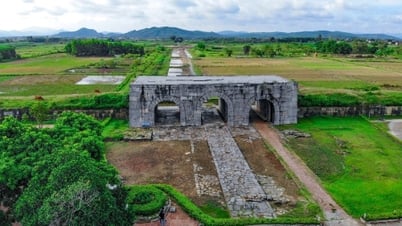



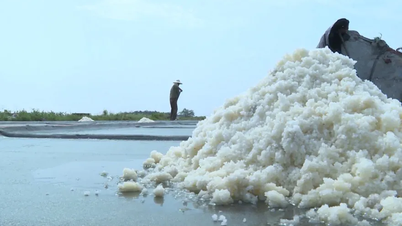






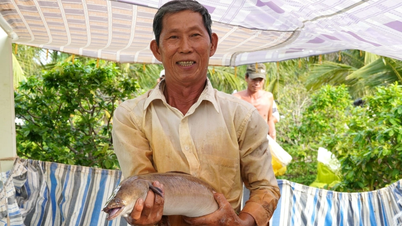

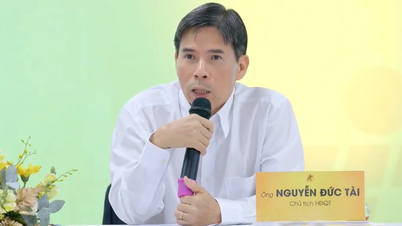





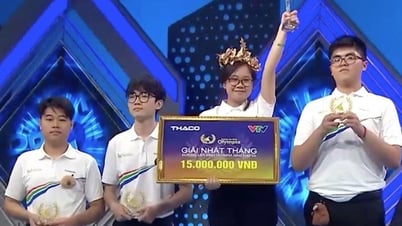

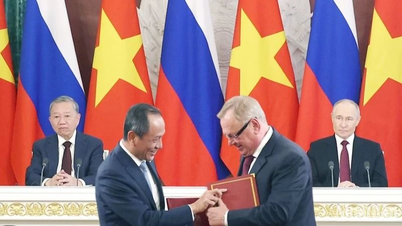

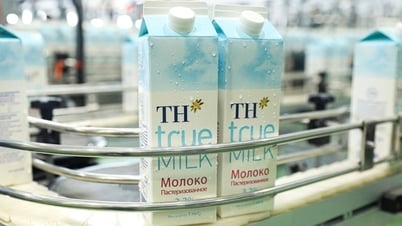

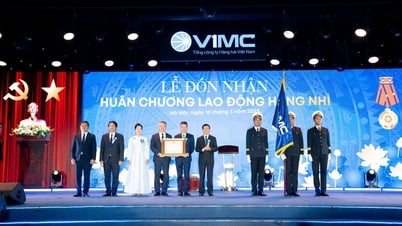






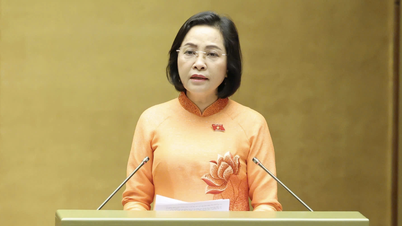


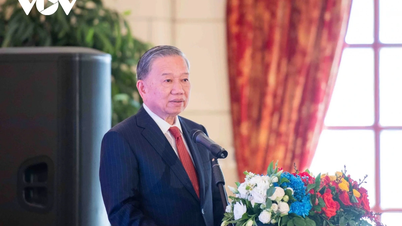

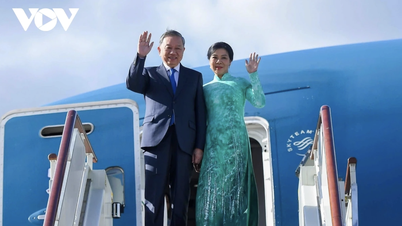
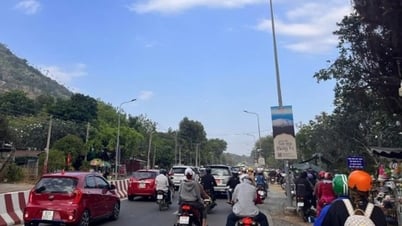

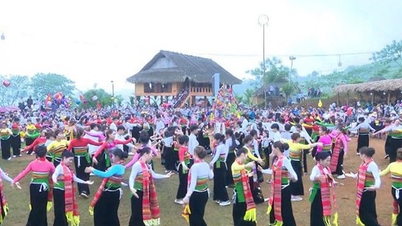
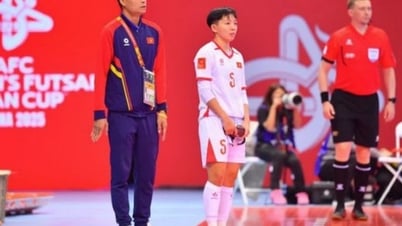

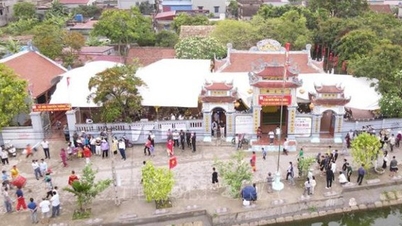
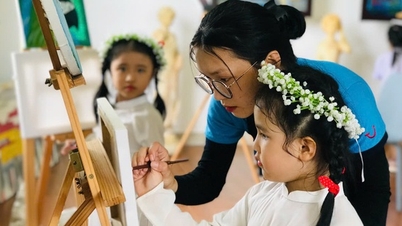
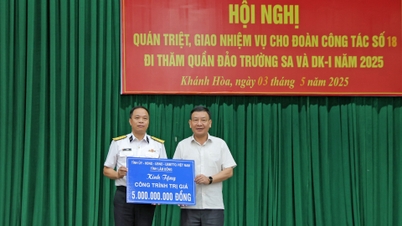

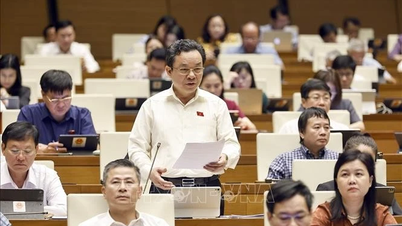

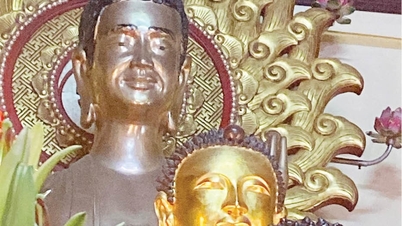

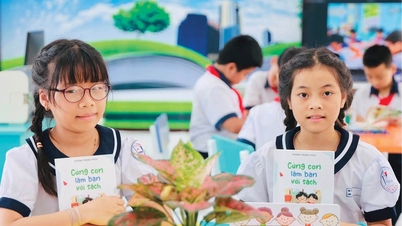
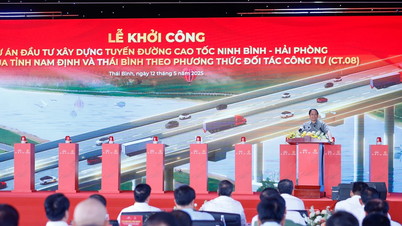

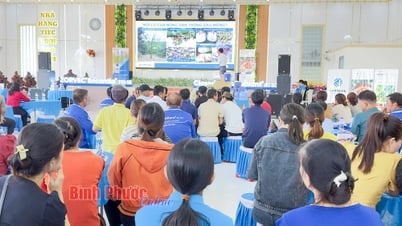









Comment (0)